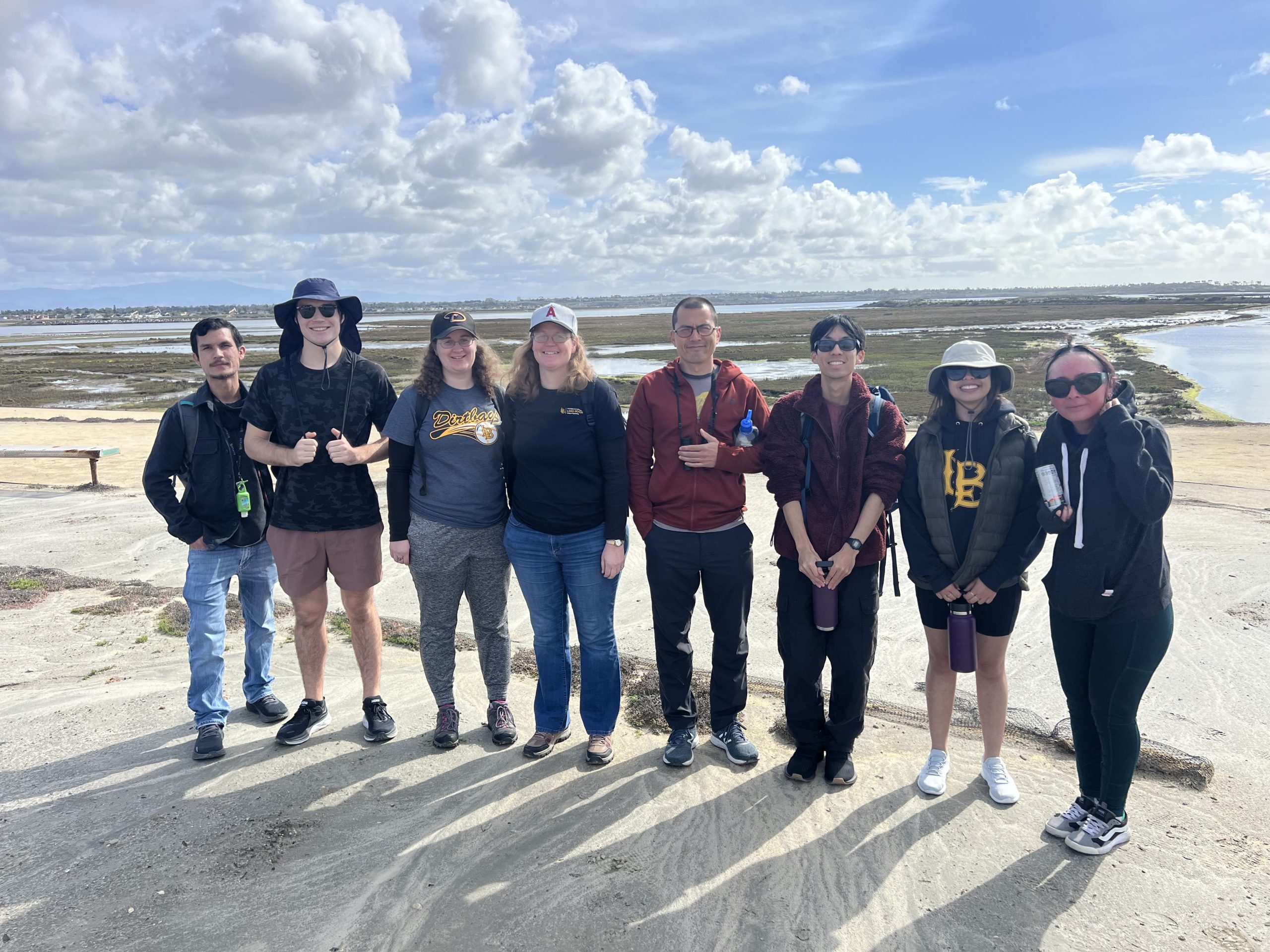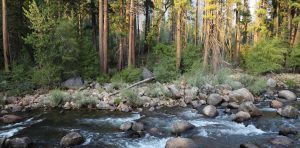
Rapidly Intensifying Impacts
COLLEGE OF ENGINEERING
Interdisciplinary research seeks to understand water challenges and prepare for their effects.
Growing up in Southern California, Assistant Professor Laurie Huning of California State University, Long Beach’s College of Engineering developed an awe of nature and, because of California’s ongoing struggles with drought, an appreciation for the importance of water and a passion for hydrology. Now, she studies water resources engineering as a faculty member in the Department of Civil Engineering and Construction Engineering Management. “Water affects people’s everyday lives in so many ways, but it’s also very powerful and can be a destructive force that’s capable of inundating areas and altering landscapes. Those things have motivated me to pursue this direction of research,” she says.
Dr. Huning has successfully funded her research through grants from a variety of funding agencies, and since joining the faculty of CSULB, she has brought in millions in grant funding. Three of her most recently awarded grants are from the National Science Foundation (NSF), Department of Energy, and National Oceanic and Atmospheric Administration for $200,000, $800,000, and $750,000, respectively. She also recently received the prestigious NASA Early Career Investigator Program grant for $300,000.
Dr. Huning enjoys collaborating with researchers in other disciplines to study the far-reaching effects of water challenges.
The focus of the NSF project is on “flash droughts,” or droughts that intensify rapidly. Dr. Huning is investigating rapid-onset droughts to try to alert scientists, decision-makers, and the community before it’s too late to mitigate or plan for their effects. “This is generally studied in the context of soil moisture deficits and their impacts on agriculture, but my project aims to understand if we can identify a rapid intensification in deficits of other hydrologic variables and how they impact water, food, and energy supplies,” she says. Figuring out the best variables to track is critical because water deficits can lead to major food losses and have devastating impacts.
One of the areas Dr. Huning studies is the variability of snow and how it affects water availability. The snowpack in mountainous regions is essentially nature’s water tower for downstream communities. Understanding where the water is going when there’s a snow drought, or deficit in the amount of water stored in the snowpack, can tell people when and to what degree they must tap into other water resources, such as reservoirs, to avoid the negative effects of a drought. Some of the effects that people are usually concerned about are agricultural, but water resources such as the snowpack affect many other sectors, from manufacturing to tourism. “There’s very strong socioeconomic ties to the work that I do,” says Dr. Huning, and the wide variety of topics that she can study in the field intrigues her.
The variety of ways to study water availability and its broad impacts also leads to interdisciplinary research projects for Dr. Huning. One paper that she published with several collaborators in Nature Climate Change, “Snowmelt Risk Telecouplings for Irrigated Agriculture,” looked at how snowpack affects international trade. When snowpack is deficient or melts at different times of the year, the agriculture that depends on the snowmelt-derived water is affected, which could mean that alternative water sources must be used or a shortage of crops that are sold internationally may occur. And a dip in one market, such as agricultural products, can have an overall downward effect on a country’s economy. Dr. Huning says that the study shows, “almost every country in the world is affected or will be affected by the changing snowpack through the import or export of goods dependent on snowmelt-derived water.” 
Another of Dr. Huning’s projects that is also interdisciplinary but more local in scope is the Collaborative of Native Nations for Climate Transformation and Stewardship (CNNCTS) program. It is funded by the University of California Office of the President with over $7 million and involves federal and foundational partners as well as several universities, including San Diego State University. Dr. Huning is collaborating with other researchers, such as Associate Professor Theresa Gregor and Assistant Professor Kelly Stewart in CSULB’s American Indian Studies Program, and Associate Professor Benjamin Hagedorn in CSULB’s Department of Earth Science. As part of the CNNCTS project, she is collaborating to better understand how the climate impacts water in tribal communities as well as empower these communities to become more climate resilient. Dr. Huning supports the project by studying extreme climate events and how they affect water across tribal lands. “We are trying to understand the phenomenon called climate whiplash—these rapid transitions between dry and wet extremes—and how they impact water resources for these communities,” she says.
“I am really passionate and excited about trying to understand and help us address water challenges, whether local, regional, or global,” says Dr. Huning. And regardless of the scale of the project, the number of collaborators, or where in the water cycle she works, she always aims to, as she says, “help us develop climate change adaptation strategies so that we can be better prepared for this potential future of climate whiplash.”